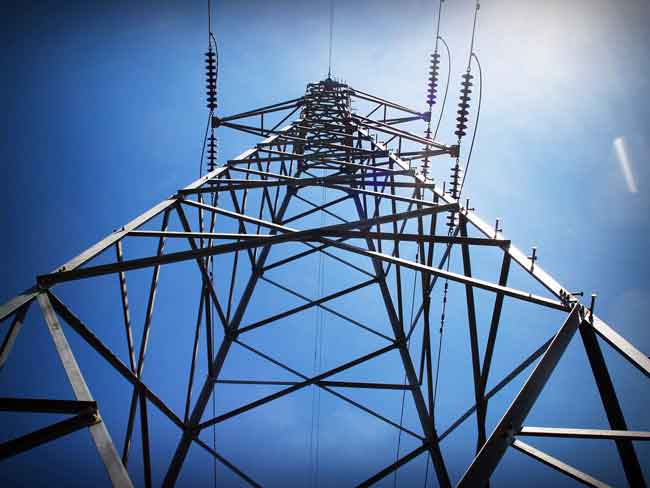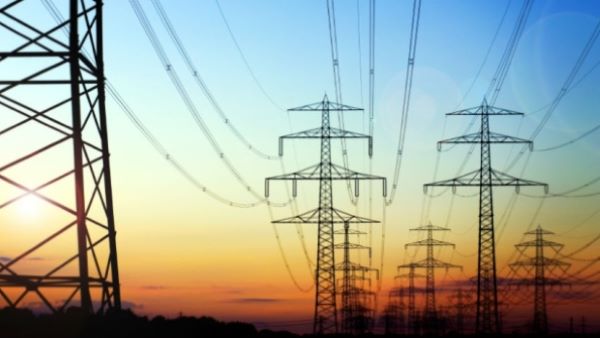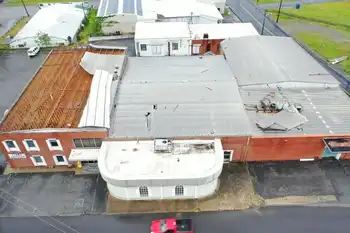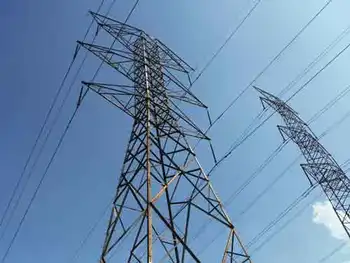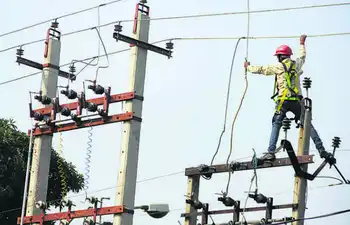FPL to modernize power plants
By Building Design & Construction
Protective Relay Training - Basic
Our customized live online or in‑person group training can be delivered to your staff at your location.

- Live Online
- 12 hours Instructor-led
- Group Training Available
"Modernizing these two power plants to high-efficiency natural gas units will be a win for FPL customers and these communities. The state's growing need for electricity will be met, customers will save money, the air will be cleaner, and the reduction in greenhouse gasses will be significant," said FPL President Armando Olivera.
The current generating units at the Riviera power plant went into service in 1962 and 1963 and generate 280 megawatts of power each. The Riviera Beach Next Generation Clean Energy Center, scheduled to go online in 2014, will feature a combined cycle natural gas unit capable of producing 1,250 megawatts of electricity, or enough to power 250,000 homes and businesses. Cape Canaveral's existing units came online in 1965 and 1969 and generate 400 megawatts of power each. The Cape Canaveral Next Generation Clean Energy Center, scheduled to go into service in 2013, will also feature a combined cycle natural gas unit capable of producing 1,250 megawatts of power.
The new units will be considerably more efficient than the existing facilities, using at least 33 percent less fuel to produce the same amount of power. At a time of historically high fuel prices, it makes economic sense to modernize the plants to capture fuel savings. Over the life of the project, FPL estimates that the plant upgrades will save customers about $450 million.
By modernizing the plants with the latest and best technology for generating electricity from natural gas, FPL's system-wide environmental profile - already among the best in the United States - will improve significantly. The new units will improve air quality by reducing particulate emissions by 88 percent at these sites and improve the plants' carbon dioxide emission rate by 50 percent. This is the equivalent of removing 200,000 cars from the road in the first year alone, according the U.S. Environmental Protection Agency.
In addition, FPL will make a number of environmental improvements at each site. For example, the office buildings at both sites will feature rooftop solar panels to help power the facilities, and the buildings themselves will be certified as environmentally sustainable under the U.S. Green Building Council's Leadership in Energy and Environmental Design (LEED) rating system. At the Riviera Beach energy center, FPL will also provide for a permanent manatee viewing area to foster continued support for this endangered species.
Modernizing the two plants is contingent on a number of factors, including whether FPL is granted approval to construct a third natural gas unit at the company's West County facility in Palm Beach County. Without the new West County unit, FPL will not have a sufficient "reserve margin" of generating capacity to take the Riviera Beach and Cape Canaveral plants offline to upgrade them. FPL filed a determination of need petition for the third West County unit with the Florida Public Service Commission on April 8.
The communities of Riviera Beach and Brevard County will also benefit from the plants being modernized. Combined, the projects are expected to generate about $30 million in additional property tax revenue in the first year of operation alone. Aesthetically, the modernized units will feature an improved design, with stacks only half the height of the existing stacks.
The modernization projects will be licensed and approved through Florida's Power Plant Siting Act. FPL filed its determination of need petition with the Florida Public Service Commission today to begin the process of regulatory approval.
Those interested in learning more about the conversion projects are invited to visitwww.FPL.com.





